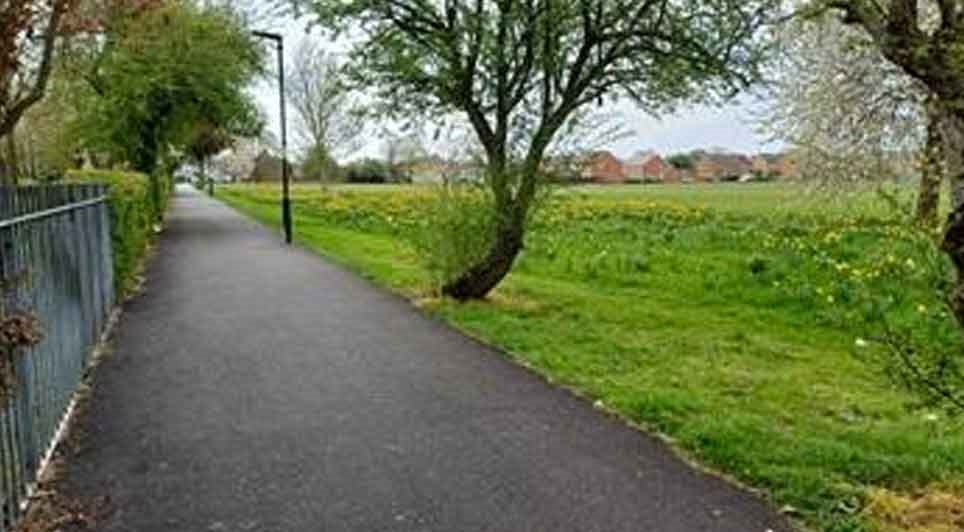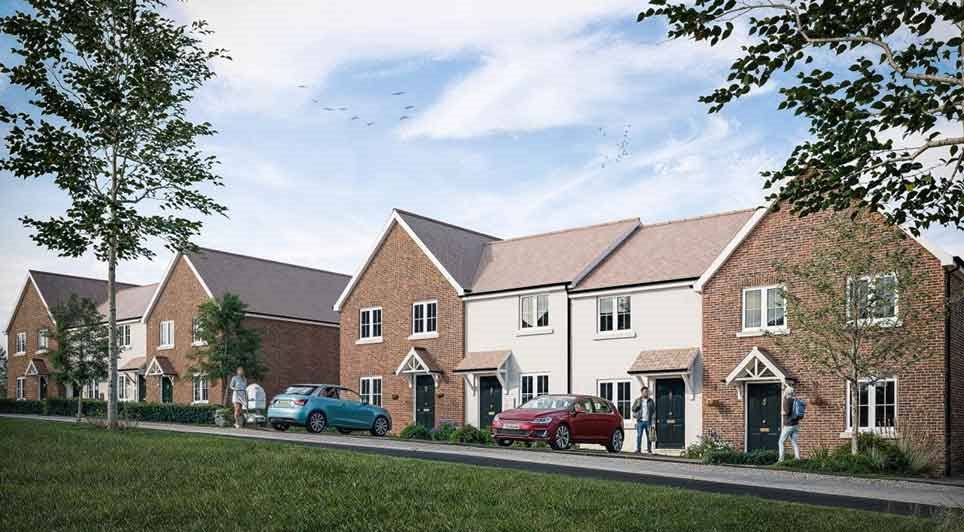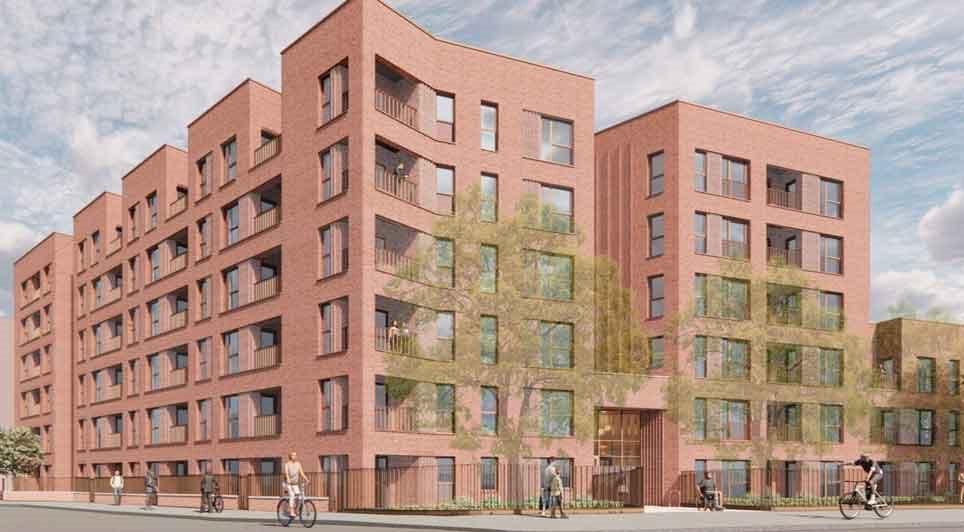On a daily basis, we here at Trade Access Panels, have calls from numerous customers who find U-Values very confusing, especially when it comes to understanding precisely what a U-Value is and how it affects and/or benefits their property or project.
In simple terms, U-Values measure how effective or none-effective a particular material is as an insulator. Briefly, the lower the U-Value, the better the material is as a heat insulator.
U-Values are usually used to define the thermal performance (heat loss) for a section of construction that involves more than one material. For example, a wall which may be made up of timber batons, insulation materials and plasterboard or, more specifically to Trade Access Panels, a glass or polycarbonate rooflight which may be made up of glass or polycarbonate, the PVC or aluminium frame and gas between the layers.
U-Value in Rooflights and Roof Lanterns
When we talk about the U-Value of a component such as a Rooflight or a Roof Lantern, we are describing how well or badly that component transmits heat from the inside to the outside of the building. Here in the UK, we often experience very cold winters, and we would want to be warm inside of our property, so we are much happier the lower the U-Value is. This will also help to reduce your energy bills from wasted heat transmitting from the property into the atmosphere, which is also better for the environment.
Basically, the better (or lower) the U-Value of a building is, the less energy is required to maintain a continuous comfortable environment inside the property.
How to calculate U-values?
The following equation is often used to work out the exact U-Value of a component:
U-Value (w/m²K) = the measure of structural heat loss per unit of surface area
As the calculation of U-values can be both time-consuming and very complex, there are some online U-Value calculators which we at Trade Access Panels Ltd have tried. However, many of these calculators are only available via a monthly subscription, and those which are free tend to be too unsophisticated for more complicated projects.
Briefly, the U-Value of a building component measures the amount of energy (heat) lost through a square metre (m2) of that material for every degree (K) difference in temperature between the inside and the outside.
We strive to offer the best possible U-Values wherever possible for the products from within our range. If you should require any further assistance or information then please do not hesitate to get in touch with us at 01922 500145 – sales@tradeaccesspanels.co.uk – www.tradeaccesspanels.co.uk.
Construction News
28/02/2019
What Is A U-Value?


16/04/2025
Pennyfarthing Homes has officially broken ground at Danes Park in New Milton, launching construction on a significant new residential development that will deliver 164 homes.
To mark the milestone, directors from Pennyfarthing Homes welcomed Councillor Steve Davies, Portfolio Holder for Housing and
16/04/2025
GMI Construction Group is celebrating the official opening of Dakota Newcastle, the North East's first Dakota Hotel, situated on Newcastle's Quayside.
The 118-room luxury boutique hotel, located at St Anne's Wharf, has welcomed its first guests and is poised to become a major addition to the region

16/04/2025
Gleeds has been named project manager for the billion-pound redevelopment of Airedale General Hospital in Keighley, West Yorkshire on behalf of Airedale NHS Foundation Trust.
The award-winning trust employs over 3,000 people and provides acute, elective, specialist and community care for a populat

16/04/2025
Morgan Sindall Construction has marked the official opening of a new Special Educational Needs and Disabilities (SEND) teaching block and a specialist hydrotherapy pool at Philip Southcote School in Addlestone, in a celebration attended by students, families and local officials.
The event brought t

16/04/2025
Bedford Borough Council has successfully completed a footpath refurbishment programme across several of its parks and open spaces.
The initiative, funded by the UK Shared Prosperity Fund (UKSPF), targeted key parks across the borough following a detailed review that identified areas in need of repa

16/04/2025
Wates Fit Out has announced the appointment of Phoebe Wood as Senior Business Development Manager, where she will lead the team's business development efforts and support the growth of new opportunities across the commercial fit-out sector.
With close to three years of experience in the built envir

16/04/2025
United Living has announced the appointment of Claire Kershaw as Chief Executive Officer of United Living Property Services.
With over two decades of experience in the social housing sector, Claire brings a wealth of knowledge in property maintenance, refurbishment, and regeneration. Her career inc

16/04/2025
Sempra Homes, the housing subsidiary of Basildon Council, is preparing to launch its latest 100% affordable housing development at Bowers Close on London Road in Pitsea, Essex.
The new development will deliver 31 high-quality homes aimed at increasing access to affordable housing for local residen

15/04/2025
Costain, working as part of the SMP Alliance, has completed the construction of 41 new emergency areas on the M1 motorway between junctions 28 and 35A, delivering the project ahead of schedule.
The newly installed emergency areas span a 32-mile stretch of motorway running from Derbyshire to South Y

15/04/2025
Great Places Housing Group has formally submitted plans for the first development to come forward under the newly approved masterplan for the regeneration of the Grey Mare Lane neighbourhood in east Manchester.
The proposal outlines a new affordable housing scheme comprising 82 apartments for socia
 UK
UK Ireland
Ireland Scotland
Scotland London
London











